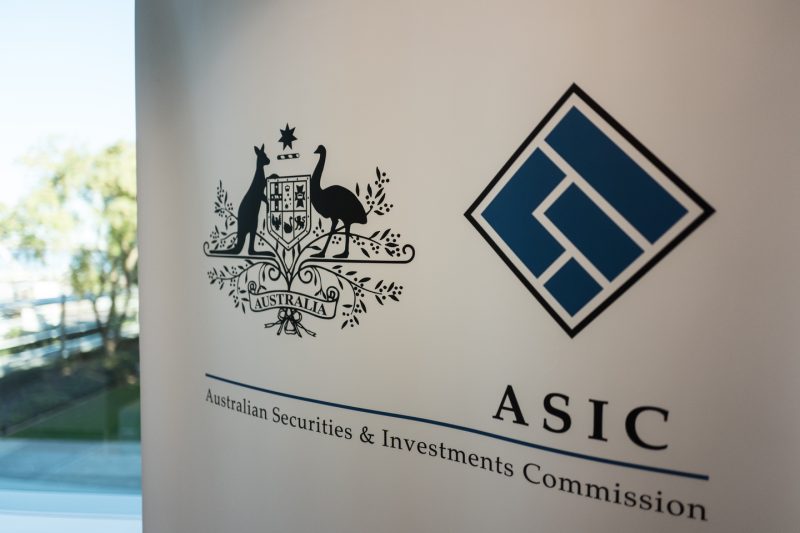Australia’s financial watchdog, the Australian Securities and Investments Commission (ASIC), has introduced a temporary exemption that eases compliance rules for intermediaries distributing stablecoins. The update, announced on September 18, 2025, allows these distributors to handle stablecoins from licensed issuers without securing an additional Australian Financial Services (AFS) licence.
What’s New in the Exemption
The change specifically benefits intermediaries, such as crypto exchanges and payment service providers, that distribute stablecoins issued by firms already holding an AFS licence. Instead of applying for their own licence, they can now operate under the issuer’s approval.
- Catena Digital became the first issuer under this framework with its AUDM stablecoin, backed by an AFS licence.
- Intermediaries distributing AUDM must still provide clients with a Product Disclosure Statement (PDS) to ensure transparency and consumer protection.
Scope and Duration of the Relief
The exemption is temporary, with ASIC confirming it will remain in effect until June 1, 2028. It applies only to stablecoins from licensed issuers, meaning intermediaries cannot use this relief for tokens distributed by unlicensed providers.
Why the Move Matters
This policy shift comes after ASIC’s Consultation Paper 381 (December 2024), where stakeholders argued that requiring both issuers and intermediaries to hold licences was burdensome. By removing duplicate requirements:
- Operational and compliance costs for intermediaries are reduced.
- Consumers gain faster access to regulated stablecoins.
- The measure supports innovation and growth in digital payments and blockchain adoption across Australia.
While intermediaries benefit from lighter rules, they must still follow consumer protection and disclosure obligations. Issuers, meanwhile, remain subject to strict AFS licensing standards.
Analysts see this as a stepping stone toward broader stablecoin regulation in Australia. In the medium term, the policy may motivate more issuers to pursue AFS licences, opening the door for expanded stablecoin distribution. Over the longer term, regulators will need to balance innovation with consumer safeguards as adoption continues to grow.
